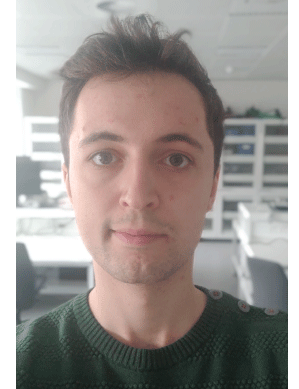New Research Assistant - Laurits Nikolaj Stokholm
On 24 October 2022 Laurits Nikolaj Stokholm joined CCQ as research assistant

In continuation of his Master’s thesis work on implementing laser based traps for neutral atoms, he will proceed with an experimental study on ultracold atomic quantum gases with strong state-dependent interactions driven by external laser light. The setting is the Lattice laboratory as part of the Ultracold Quantum Gas Group (UQGG) administered by Prof. Jan Arlt. The studies are closely linked to quantum optics and impurity physics. The goal is to realise a hybrid quantum system by combining an atomic three-level system in a Λ configuration—consisting of two meta-stable ground states and a single excited state—with a light field. For this purpose, the experiment will be using a Bose-Einstein condensate of rubidium-87 atoms in combination with a Raman based laser setup to realise electromagnetically induced transparency (EIT) which constitutes a particularly powerful approach to achieve strong light-matter interactions. More specifically, they will hybridise Bose polarons with individual photons whereby uncharted theoretical territory will be explored experimentally. The Raman coupling will be employed to establish EIT and slow light conditions to realise a new kind of quasi-particle called the dark-state-polariton polaron. This has been scrutinised by in-house theoreticians at CCQ. Indeed, the study can help expand our knowledge on the dynamics of single slow-light quanta in a strongly correlated environment. The many-body correlations in the strongly interacting system have already been shown by the in-house theoreticians to have profound effects on the optical properties of the medium but yet bears potential for discoveries. The physics of EIT, slow- and stored light has industrial interests i.e. for applications in realising a quantum memory for photonic computations. Evenmore, low-loss light propagation shares similar nature to the frictionless flow of a superfluid or non-resistant current through a superconductor, and holds promise for interesting optics at the quantum scale.
A warm welcome to Laurits!
